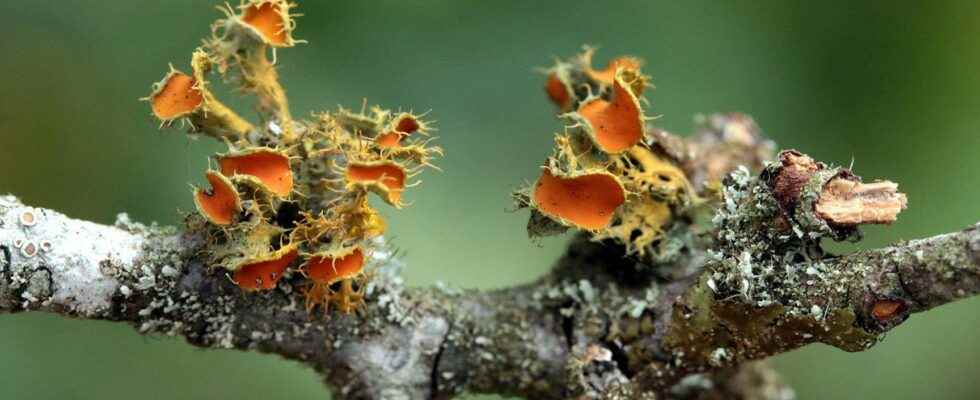Lichens are the result of an association between a mushroom and an seaweed. There is a wide variety ofspecies (over 20,000) and shapes (size, color…). Their physiology makes them dependent on the atmospheric environment and, therefore, sensitive to the pollutants present. They then constitute valuable indicators of the quality of theair : it’s here biomonitoring.
Since the industrial era, atmospheric pollutants of various kinds have continued to increase, thus degrading the quality of the air. In addition to the evaluation by physico-chemical methods, the use of sensitive organisms, such as lichens, proves to be a good complementary tool. Several approaches exist depending on the scale studied.
The data obtained through biomonitoring studies make it possible to assess atmospheric deposits and the origin of the pollutants brought in at different levels: national, regional or even local. This also allows local authorities to inform populations about the risks involved. A good knowledge of lichens, and in particular of lichen diversity (each species being differently sensitive to atmospheric pollutants), is therefore a necessary key for biomonitoring. With the help of Yannick Agnan Environmental biogeochemist, here are some examples of European lichen specimens.
